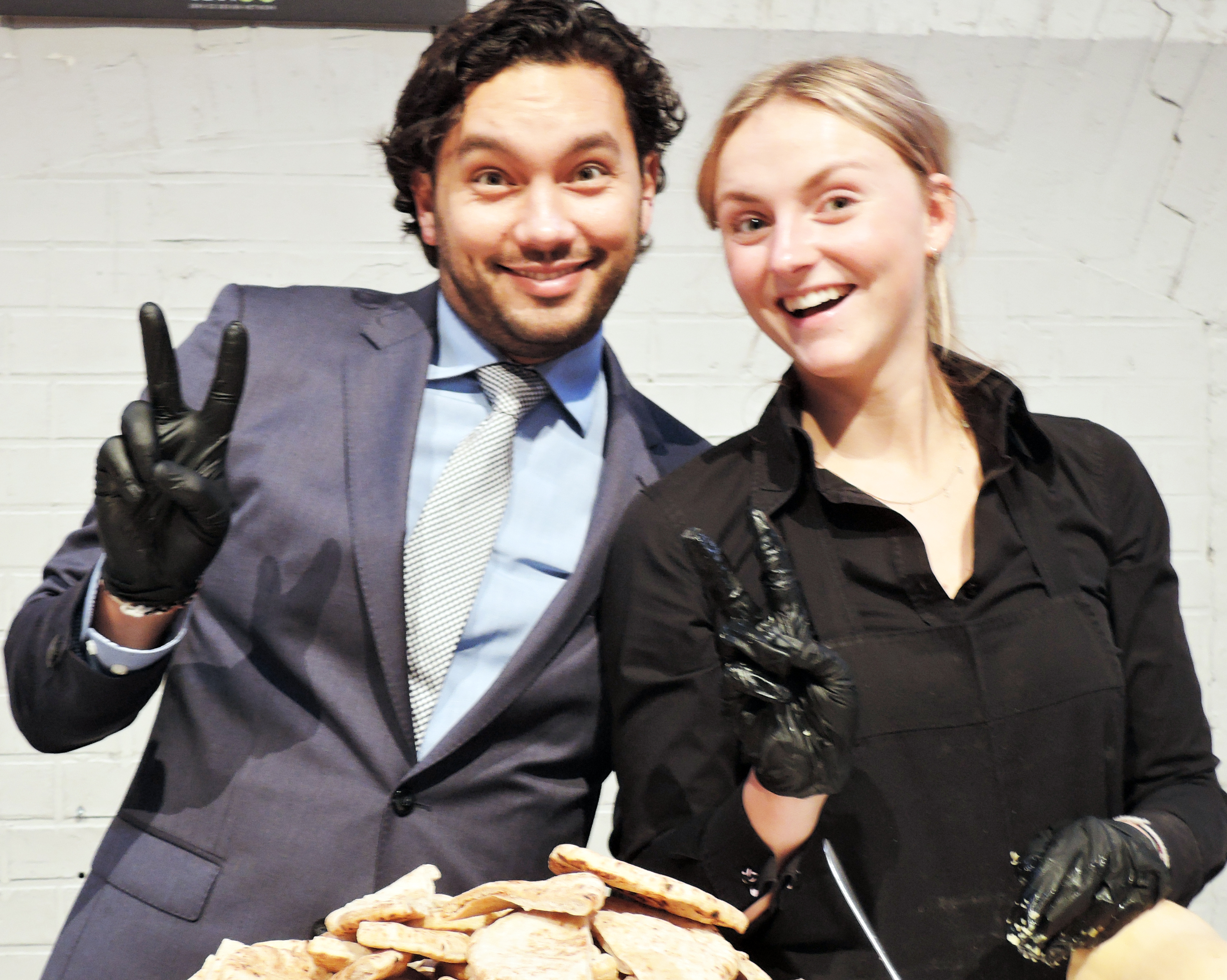As it often is in these international conferences, communication over coffee or lunch is often as active, if not more, than the presentations. Here too, conversation was in full swing while enjoying the various foods at breakfast, coffee and lunch breaks. The crowd was especially dense around the presenters who were showered with questions.
A keyword that was on my mind the first day popped up again in a conversation at lunchtime the second day — cultural differences. There were case studies where understanding literal, apparent cultural differences was crucial, such as microfinance services in Jordan or health services for supporting difficult pregnancies in Indonesia. A Chinese consultant proposed in their presentation that cultural translation is essential in introducing the Western concept of service design to China, such as consideration for social positions or an analogy in Ying-Yang philosophy to help Chinese clients understand the complex relationship of service design elements.
Even more impressive to me was the perception of service design as a foreign culture, seen from traditional industry or public sectors. Presentations on the first day from internet industry giants like Spotify or Google stressed the importance of efforts to make service design acceptable to the corporate community and culture in order to make it work, along with many realistic tips. There was also advice from different presenters for designers to be less self centric, not adhere to your own methods or artifacts and be more flexible.
Whether local cultures or industry cultures, designers should start from accepting the culture of others, not denying it headfirst. The basic attitude should be not pushing what you think is best but embracing other values or ways of thinking. It may be another way of taking pride in the profession of design, rooted in the user centered philosophy.
